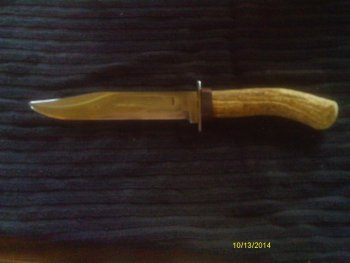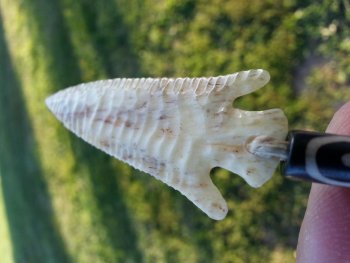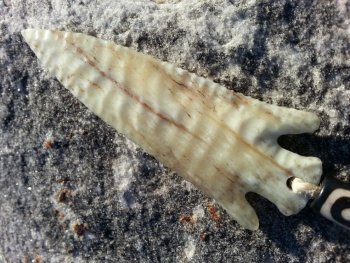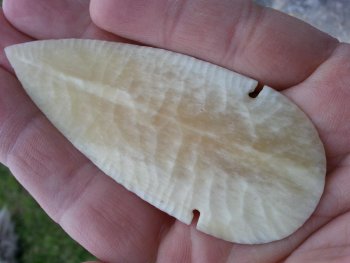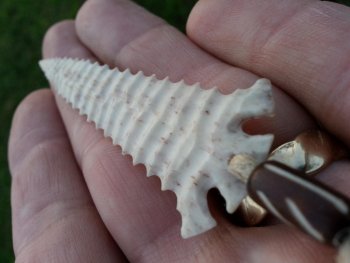Fatstrat, this is my wheelhouse and thus is how I got about working with Bone, Horn and Antler. Each piece is unique and achieving exacting colors and results are nearly impossible due to density, moisture content, weathering, finish etc. If you are looking to basically keep the color you have but want to darken the veins like you stated, wood stain works well. An extremely strong Tea brew also works well. Make sure the finish is somewhat polished using any method you choose. Very fine sand paper, steel wool, whatever. Make sure the piece is clean and dust free. Soak in the stain for a very short time at first and check the results. The denser portions will hardly pull in stain but the less dense portion will really pick it up.Let it dry for 24 hours once the color you like is achieved. After this soak in Linseed Oil. This oil drys as a solid and adds a beautiful luster that looks aamazing! It seals and stabilizes the bone to last virtually forever. Linseed Oil in my opinion should be used on all bone period. You can even use just the Linseed Oil alone without the stain. These are all Buffalo Bone examples...


